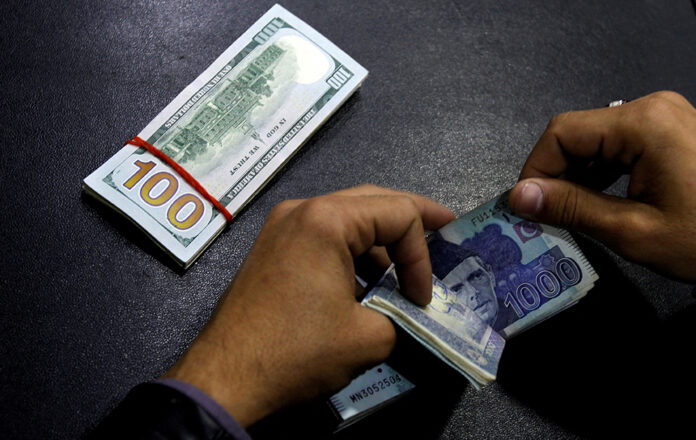Broad money supply (M2)—Pakistan’s principal measure of money in circulation—reached Rs37.26 trillion as of May 16, 2025, reflecting a week-on-week increase of Rs125.94 billion, according to data released by the State Bank of Pakistan (SBP). Since the beginning of the current fiscal year in July 2024, M2 has expanded by Rs1.38 trillion from Rs35.88 trillion recorded at the end of June 2024.
A breakdown of the components shows that currency in circulation rose by Rs42.78 billion on a weekly basis to reach Rs10.36 trillion. This represents a fiscal year-to-date (FYTD) increase of Rs1.21 trillion compared to Rs9.15 trillion at the end of June 2024. The share of currency in circulation as a percentage of M2 stood at 27.81% as of May 16, slightly up from 27.79% a week earlier and significantly higher than the 25.51% recorded at the start of the fiscal year.
Meanwhile, total deposits held with banks reached Rs26.85 trillion, marking a weekly increase of Rs85.63 billion. The FYTD increase in deposits now stands at Rs181.4 billion. These deposit figures exclude interbank placements, government deposits, and foreign constituents’ deposits.
Currency in circulation refers to the physical cash—notes and coins—held by the public and financial institutions. In contrast, M2 offers a broader view of the money supply. On the liability side, M2 comprises currency in circulation, all deposits of the non-government sector (including foreign currency deposits of residents), and other deposits with SBP. On the asset side, M2 is the sum of net domestic assets and net foreign assets held by the banking system, which includes both the SBP and scheduled banks.
M2 is widely used by policymakers and analysts in Pakistan as a benchmark for liquidity in the economy and is closely monitored for signs of inflationary pressures and changes in monetary conditions.























